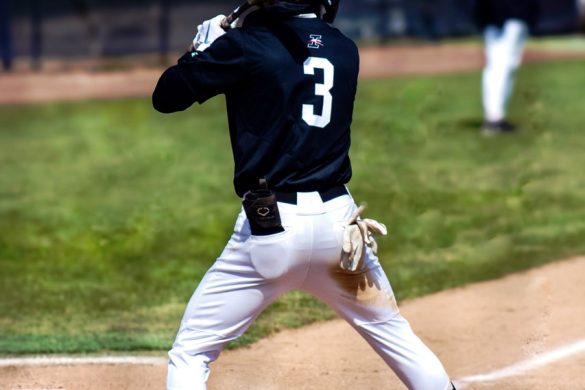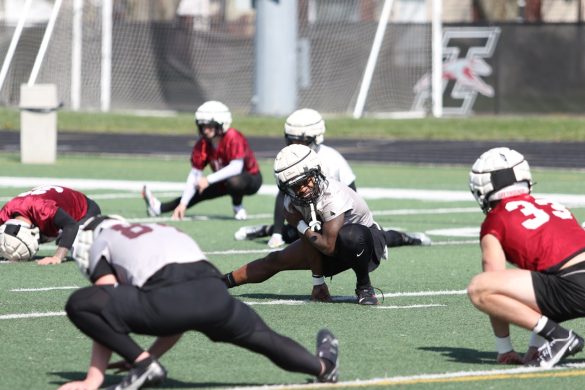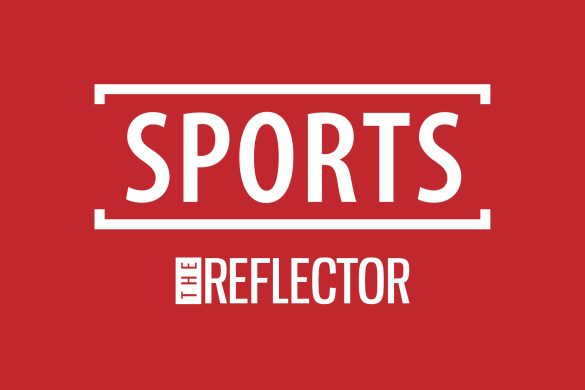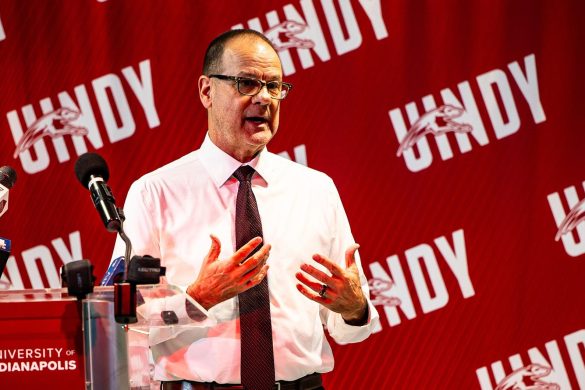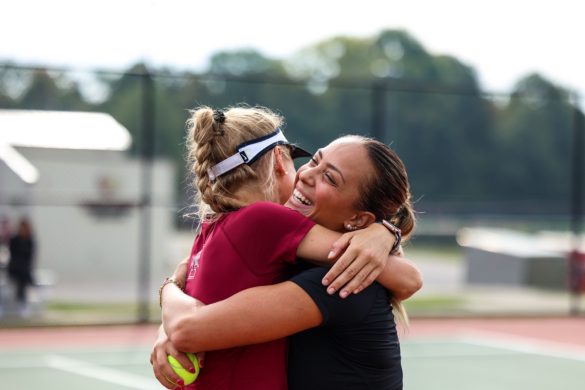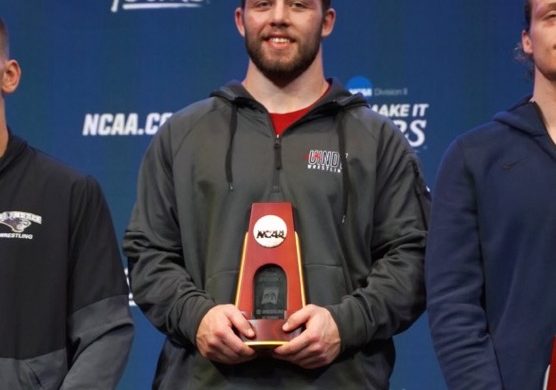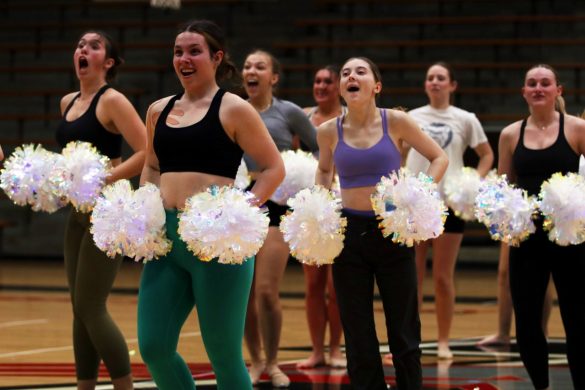Impatiently, he waits at the plate. His brother and teammate stares at him from second base, yelling, “Get me home!”
Adjusting his hands at the urging of his father, he swings and misses. Once again, instructed to adjust, he makes a serious effort to keep his back foot planted for the next attempt. I left the ball a little bit too much over the middle, and he made me pay. He drove the ball deep to right-center, and the sphere ricocheted off the detached garage towards the right field foul line. The runner sped home from second, easily safe. With haste, the hitter rounded a piece of concrete, headed for a piece of wood, touched the picnic table with his right hand and sprinted towards home. The throw from our only fielder came to me at the plate, not in time.
“Safe!” declared the hitter.
“Safe!”
Here in his own backyard, he is safe.
But when this great hitter all too quickly grows up, he, like millions of other children in the United States, will probably play an organized, competitive sport. And this sport will require him to face one of the greatest threats to the physiology and psychology of an athlete—injuries. There is not a day that goes by without hundreds of sports injuries; it’s something to which we subject ourselves because we believe the benefits outweigh the risks. Something about competing is so important to the very nature of our being that we are willing to chest up a baseball and then later proudly show off the marks left by the seams, to dive for a basketball and endure burns from the court on our legs and elbows, to take a hit in football and then hop back up as if nothing happened, to look at the bruised and reddened arms that have just been beaten by a volleyball and say proudly that we led our team in digs. But when the pain is too much, who will pick up that young hitter so he can move on in sports or in life?
According to an August 2013 article published by USA Today, more than 1.35 million young people suffered a sports-related injury in 2012. Much like a Hunger Games scenario, the longer you play, the less the odds are in your favor.
I began playing organized sports at the age of eight and, for almost a decade, I avoided any serious injuries. But for me, that moment millions of athletes face came my senior year of high school in a basketball game, when my right ACL decided it didn’t want to go in the same direction as the rest of my body. A snap, crackle and pop later, I was facing six months of rehab.
Luckily for me, I had an excellent surgeon, quality support and patient, intelligent therapists who were able to get me back to playing my sport. Three years later, my right knee is stronger than my left.
This success story is one in millions, but to me it is special. To every athlete, their recovery is likely special and their return to sport likely brings an almost childlike joy. It is a moment of remembrance and unique in its emotions. All of us in sports would be remiss if we did not recognize those who put work into injury prevention and recovery.
UIndy is privileged to have one of the best physical therapy programs in the nation. Upholding and furthering the high standards of this profession is an everyday task that those involved complete with resolution. Sports would not survive without them. So, to the doctors, surgeons, researchers, trainers, psychologists and therapists who work on recovery and the strength coaches, trainers, researchers and athletic coaches who work on prevention, remember to say thank you.
Although I wish I could always shield him, the odds are not in favor of that young hitter in the backyard. If he should go on to play organized sports, he will subject his body to a high risk of injury. Luckily, for his safety and my peace of mind, there are many people who work to prevent and defeat injury. People he does not know yet are working to get him from the backyard to the field and finally back again—safe.
